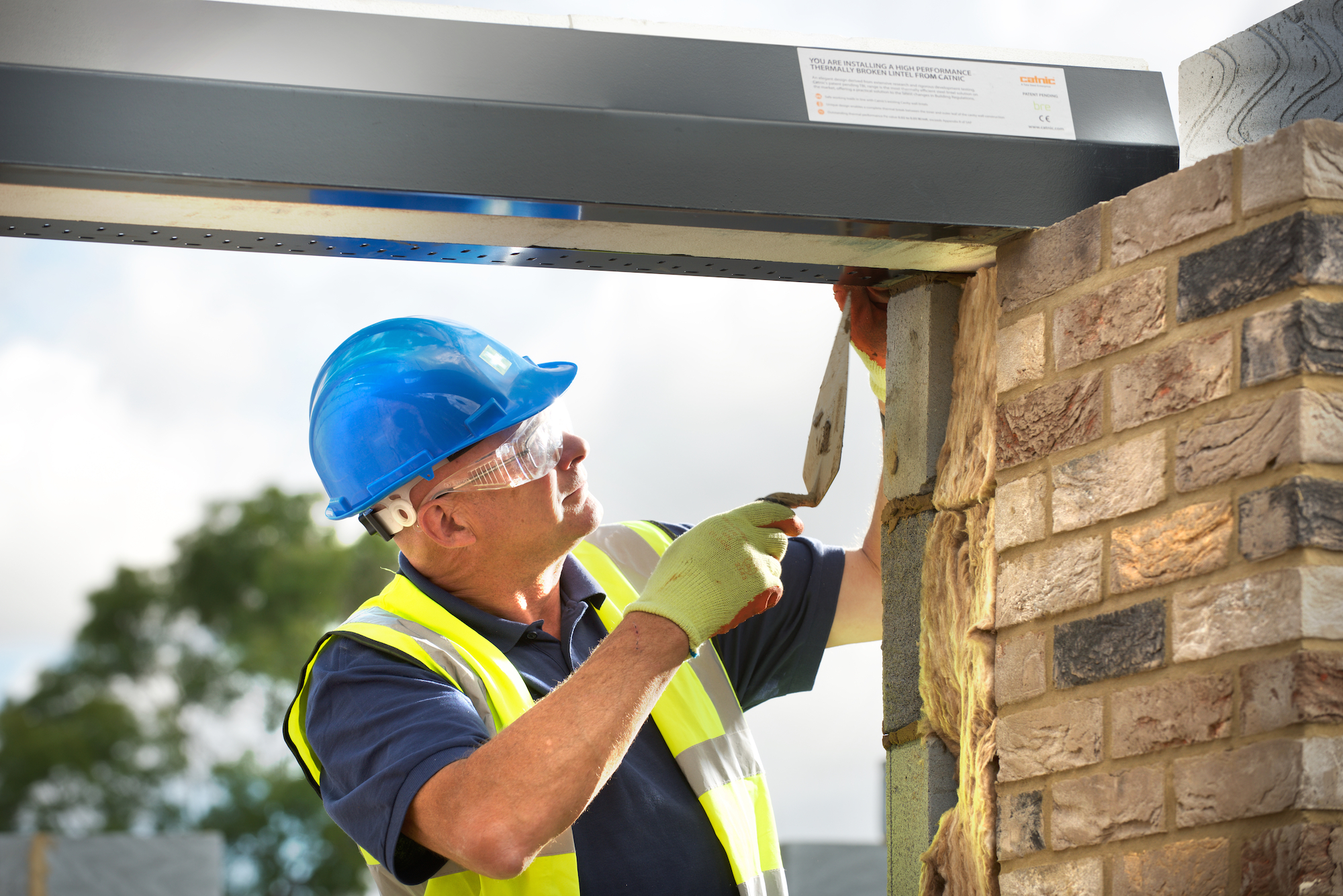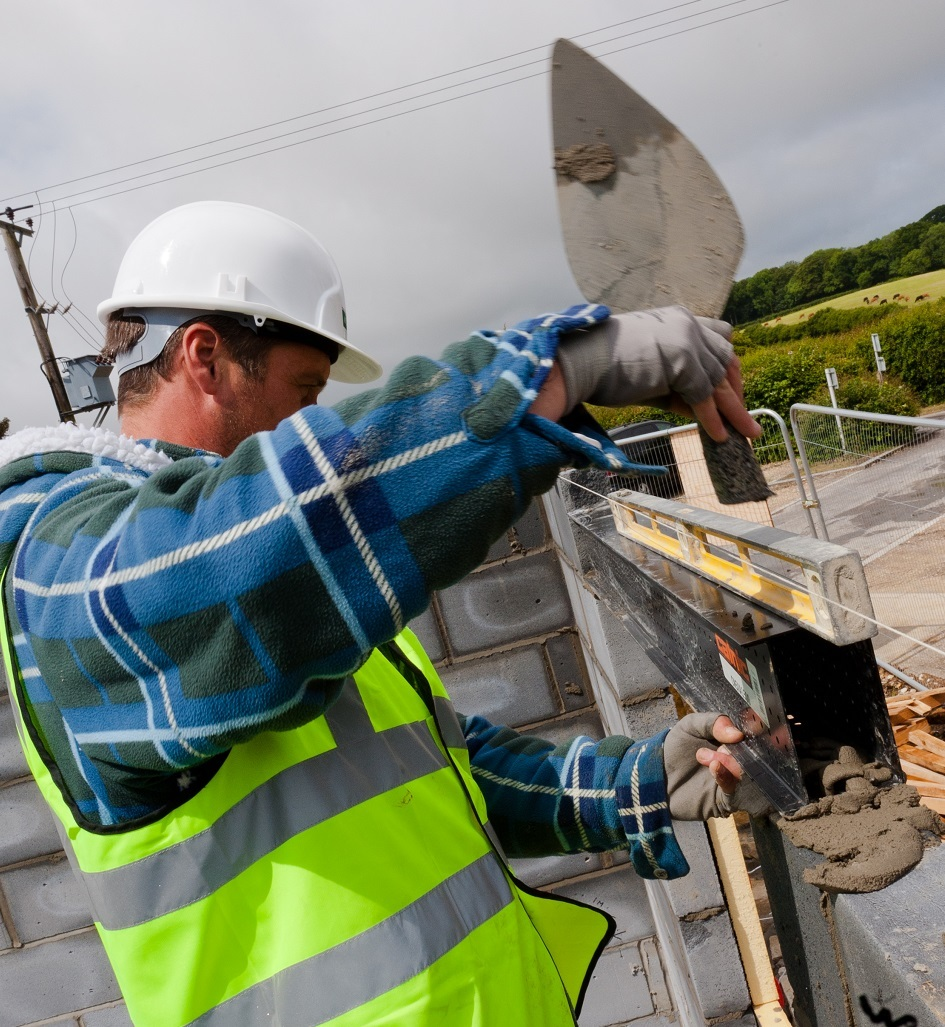There are many acronyms, names and specialised terminology in construction industry jargon. Often times, they can have completely different meanings in other industries and disciplines. It can be enough to cause a lot of unnecessary confusion. One of these terms is ‘psi’.
The psi symbol (Ψ) describes various things, depending on the field of science. For example: wave function in quantum mechanics, supergolden ratio in mathematics or stream function in fluing mechanics. While the acronym “psi” or “PSI” stands for pound per square inch and is an imperial unit of pressure.
Here, we explain what psi means in construction.
What does psi mean in construction?
There is a symbol “Ψ” or “ψ” (pronounced as “sigh”), which is the 23rd letter of the Greek alphabet, but there also exists psi (or PSI) acronym.
When it comes to building design, Ψ – value represents the extra heat flow (energy loss) through the linear thermal bridge over and above that through the adjoining plane elements.
What are psi values (Ψ – values)?
Junctions within buildings are areas where different construction materials meet, such as at the intersections of walls with floors or walls with roofs. In the case of lintels, junctions are the window and door head details. With the variety of materials present and the differences in their thermal conductivities, the heat flow is non-uniform. The severity of a thermal bridge at a junction is indicated by an increased heat loss and reduction in inside surface temperature at the thermal bridge.
The heat flow assigned to a linear thermal bridge is represented by its linear thermal transmittance - Ψ-value – and expressed in W/mK (Watts per meter Kelvin).
Ψ-value is calculated using specialist thermal modelling software. Just as with U-values, when looking for good thermal performance figures for psi values, the lower the number the better.
psi Value Calculator
As mentioned above, determining psi values is normally done using a thermal modelling software designed to accurately calculate a building junction's thermal performance. Builders, engineers, and architects use Ψ-values to compare different material options and junction details to identify the best setup for energy efficiency.
Having such a powerful tool enables construction industry experts to streamline workflow by making it simpler to identify areas of energy inefficiency, as well as helping them stay compliant with industry standards. What’s more, accurately pinpointing and minimising thermal bridging will aid in reducing energy costs in the long run.
Thankfully, we've built our own psi value calculator that will help you achieve all of the above. Try it out, here.
Why are psi values/ Ψ-value so important?
Ψ-values are so important because they provide a way to measure how much heat will be lost from each individual junction within a building.
Heat loss at junctions within a building can account for around 30% of the overall total heat loss. So careful consideration of these values allows the specifier and designer to make an informed choice on which materials to use when looking to minimise heat loss and, importantly, reduce the environmental impact of a building.
What do Ψ-values /psi values mean for the specification of lintels and the thermal performance of a building?
Lintels are an essential requirement for a building from a structural perspective. They are found over all external openings, such as doors and windows in buildings with masonry walls. They are therefore present in significant numbers depending on the size and design of the building, and can have an influence on psi value calculations.
Cost benefits
Specifying lintels based on their Ψ-values to improve the thermal performance of the junction can bring cost benefits elsewhere in the design, especially when meeting the thermal performance targets within the current SAP calculation requirements.
Part L conformity
Assessing the impact of the psi value of a lintel can also be a way to explore pushing the building fabric the requirements of Part L 2021.
The Approved Document came into play on 15th June 2022 and requires an overall 31% improvement in CO2 emissions over current levels for dwellings. This has put extra emphasis on all areas of fabric performance. The thermal contribution of lintels ,in particular, Thermally Broken Lintels (TBL), offers extremely low psi values, is a key area of focus for specifiers looking to enhance the thermal performance of buildings.
Disrupting heat transfer
The separation of the inner and outer sections of steel in a TBL disrupts the ability of heat to transfer across the cavity. The addition of insulation between the two steel sections further reduces the ability for heat to cross over from one side to the other. This enables a TBL to achieve lower psi values and makes it the perfect choice when looking for specification options that will have a significant and lasting impact on overall fabric thermal efficiency.
Become Part L compliant with Catnic
Catnic has a range of lintels with a range of psi values to suit just about any project.
For information about any lintel in the Catnic range, use the product selector, download technical literature, try our psi value calculator, or contact us to discuss your project requirements.
More
-
![Builder installing a Catnic box lintel]()
- Lintels
- Guide
What are box lintels?

